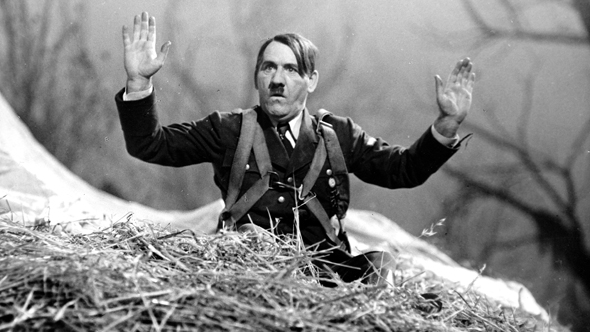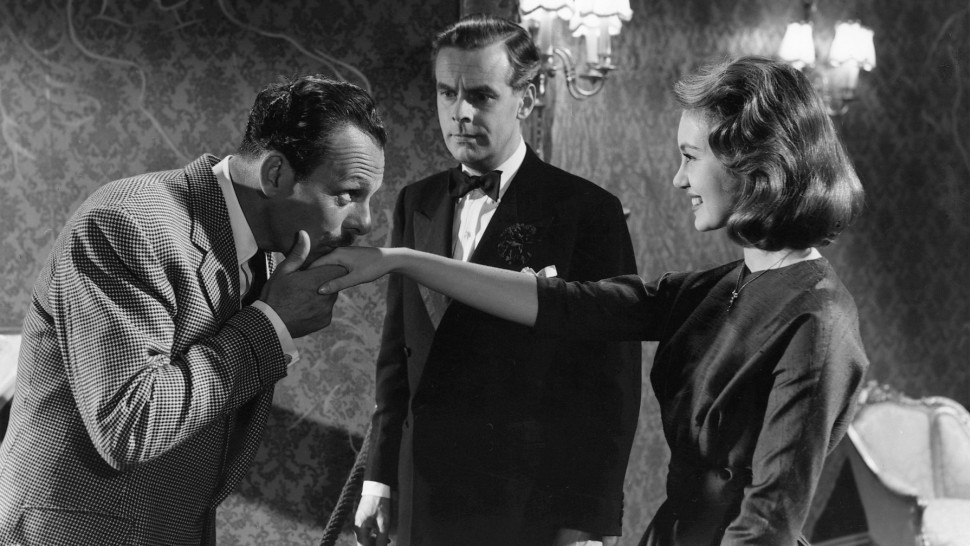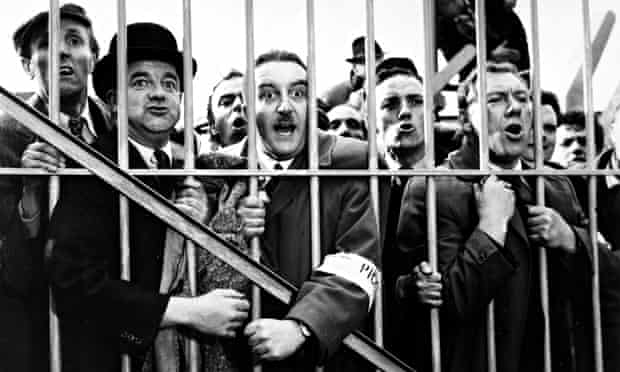
Because James Bond is one of the world’s most long-running and successful film franchises, any actor who essays agent 007 is to at least some extent stuck with the image for the rest of his career. Of all the ways to cope with this, Pierce Brosnan’s is my favorite: Playing parts that riff on the famous role. In The Tailor of Panama — a film I really must write a recommendation of someday — Brosnan gave a dark, sleazy, and unsentimental portrayal of the life of a foreign espionage agent (as you would expect in a John le Carré story). Even more fun is his brilliantly bizarre turn as a down at the heels hitman in writer/director Richard Shepard’s 2005 film, The Matador.
The plot: Two men who are on the surface completely different meet at bar in Mexico City. Danny Wright (Greg Kinnear) is a straight-laced, boring American suburbanite businessman whereas Julian Noble (Brosnan) is a once-dashing but now scruffy, dissolute contract killer whose only hobbies are visiting prostitutes and alcoholism. Yet both are similar in their desperation. Danny is still grieving the loss of his son, his marriage to his high school sweetheart (Hope Davis, perfect in a small but important part) is stressed, and this business trip is make or break for him financially. Julian, after years of globe-trotting wet work, is mentally and physically shaky, emotionally isolated from other people and himself, and losing the confidence of his boss Mr. Randy (Philip Baker Hall, good as ever). At first the men connect, but at a critical moment in the conversation (and arguably the critical moment of the film) Danny shows some vulnerability and Julian proves himself incapable of responding in a humane fashion. Danny stalks off and our story would seem at an end…but there’s so much more to come with these two characters which it would be a sin to spoil.

If Brosnan has to argue for his place in heaven, I would suggest he make his case with his portrayal of Julian Noble. At one level, he’s a terrifyingly cold killing machine. But simultaneously, he’s like a socially rejected school kid trying but failing to form a genuine human connection with anyone else. When he visits the Wrights’ home and sees how in love the couple is, he is visibly unable to understand what they experience together. But rather than conveying resentment or rivalry, Brosnan looks like a puppy who’s just been adopted from the pound.
Brosnan’s role is the showier of the lead parts, but don’t make the mistake of overlooking how effective Kinnear is here, in some ways also twisting his own screen image for comic and dramatic effect. He’s particularly good at bringing across the ambivalence we feel when we drive by a horrible traffic accident: We know it’s wrong to stare but we desperately want to…that’s his relationship with Julian in a nutshell.
The Matador is also a outstanding-looking movie. Along with top-flight work by cinematographer David Tattersall, the production and set designers outdo themselves across a range of eye-catching locations around the world.
Richard Shepard mainly works in television, and this is the first of his movies I have seen. Viewers might argue about whether Shepard is going mainly for black comedy, off-kilter drama, or character study here, but regardless of where you come down on that, you should agree that he’s created an utterly original movie and secured superb performances from his cast including career-best work from ex-Bond Pierce Brosnan.





















